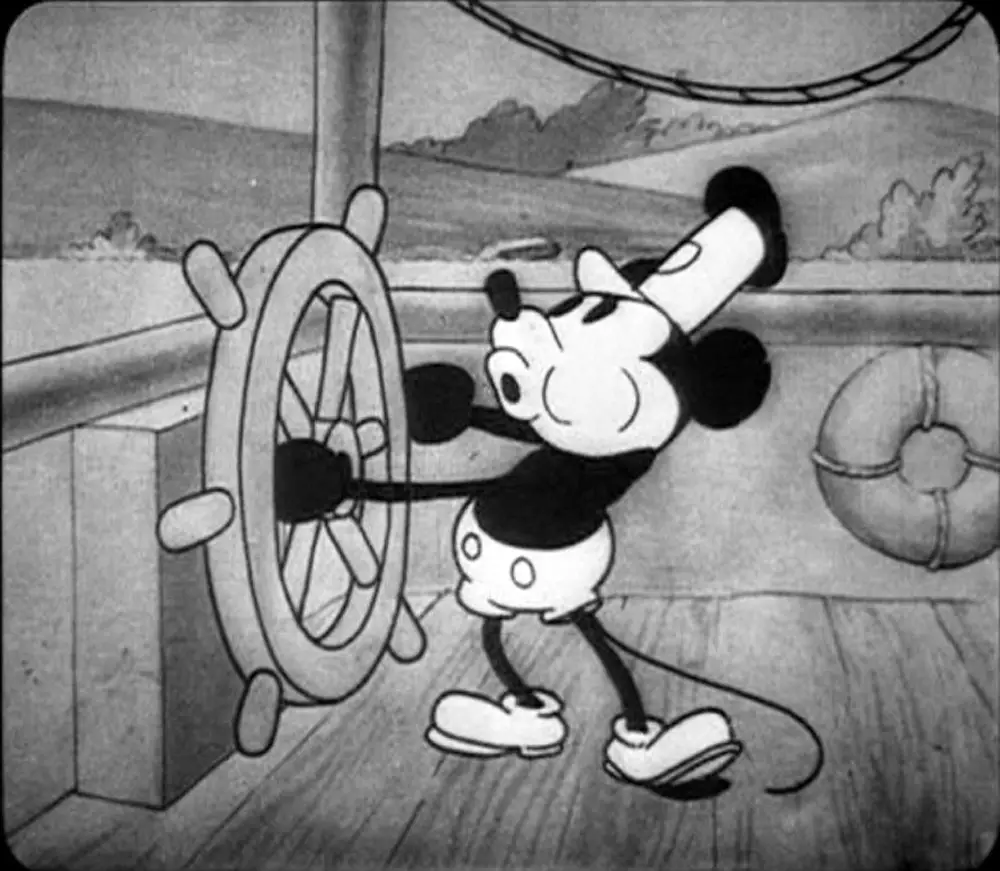When asked about the Disney princesses, most would recall them as 2D figures. However, today’s animated movies look much different, as they have shifted away from the traditional 2D animation and into 3D. This stylistic change occurred rather quickly among the largest animation studios, namely Disney, Pixar and DreamWorks. Yet those of us who grew up with 2D animation cannot help but feel a sense of nostalgia when looking back on childhood movies. With 3D animation taking the lead and leaving 2D in the dust, we may want to stop and ask whether 3D truly has more to offer than 2D.
2D Animation
This traditional animation technique started in the late 1800s. The first animated short, “Fantasmagorie,” came out in 1908 and was followed by Disney’s release of “Steamboat Willie” 20 years later. Artists used to hand-draw each frame to bring the characters to life, giving them the illusion of movement and allowing them to transcend a 2D space. As individual drawings are sequenced together over time, the entire work comes to life.
Pros:
- Cost-effective: Since 2D animation has been around since the late 1800s, it has become the cheapest form of entertainment for companies to use. Compared to 3D, 2D does not require as much skill or knowledge, resulting in the cheaper production costs of movies, TV shows and other 2D forms of entertainment. While the complexity and length of the animation also determines the price, 2D still tends to be cheaper for companies than its competitor.
- Fast production: This one may come as a shock to some animators and movie buffs, but the production schedule moves faster for 2D than for 3D. 2D animation is simpler than 3D animation, and frames can be drawn and animated in as little as one to two months. Animators can also adapt to sudden changes more easily during the production process because they can keep the base frames. Also, in 2D works, there is very little movement within the animated world, as the focus is on the main character.
- Software: The software that 2D animators need is not as demanding as that used for 3D. Animators only need a functioning tablet and software that is compatible with a computer or laptop, and most software is free or can be bought cheaply. For those who want to start their journey in animation but cannot afford expensive software, 2D is the way to go.
Cons:
- Time-consuming: Frames are drawn by hand, which can become quite time consuming for animators. The bigger the project, the more frames need to be drawn to create smooth scene transitions. 2D animation also requires animators to perfect each individual frame so that when the animation is completed and the frames are put together, no errors can be spotted. Hence, 2D animators must be aware of the camera angle, depth and how the character is portrayed from a certain sightline, making the final project incredibly difficult to perfect.
- Less dynamic: Many would agree that the 3D animated films are far more captivating to an audience. 2D animations are relatively more stagnant and repetitive, as 3D animators have more range in the dimensional space. Since 2D animators lack depth and alternative camera angles, their animations are often less entertaining than those of their 3D competitors.
- Less in demand: Everyone can see that in today’s animation world, 2D animated films are no longer being created by movie companies. Since there is a low demand for this type of animation style, companies stick with what consumers want and what keeps them entertained — 3D. Computer-generated imaging has become the main tool that creators use when adding a fake creature to their films. Hand drawn images may be more impressive since they often require more talent, but there is no denying that CGI looks more real.
3D Animation
This animation style was not created until the early 1900s, and the first film to come out was actually a clay animation called “The Sculptor’s Welsh Rarebit Dream” (1908). While claymation is a 3D animation, it is categorized as “stop-motion” rather than digital. The first digital 3D animation was “Dream Flight” (1983), which unlocked the doors to new types of animation. The three-dimensional space that is characteristic of 3D animation gives more depth to the characters and the world around them. 3D creators use computer software rather than a pencil and paper to craft the frames.
Pros:
- Movement: 3D animation features an unlimited amount of movement; the animation takes place in a three-dimensional space. This saves animators time when they want to change the angle of the animation, as the camera is flexible and takes dynamic shots, which can be hard for 2D animators to replicate. Since the world is in a 3D space, each individual frame doesn’t need to be drawn. Instead, animators use a method called tweening to generate frames in between key shots. This not only saves time but also allows for more movement in 3D films.
- Realistic: The 3D world and its characters have become far more real than many people like to admit. 3D animators study the motion of certain objects and portray it in animations as realistically as possible. When Pixar was discussing the production of “Finding Nemo,” the animation team was accused of making the water too realistic, and they were instructed to change it to make the movie feel more cartoonish. Software has undergone much innovation, allowing animation teams to animate certain objects better than ever before. With every new 3D animated movie, there always seems to be a higher level of realism that never fails to blow artists and viewers away.
- Reusable models: Unlike 2D animation, 3D enables animators to reuse the models as many times they want. One could argue that modeling a character within a 3D space can take a lot of work, but once the model is created, it can be used an infinite number of times. These models also don’t need to be drawn frame by frame because the software keeps the proportions accurate from all angles. 3D animators can brag that, unlike their competitors, they only need one model to begin animating.
Cons:
- Complicated to animate: 3D software is often far more complicated to use than simply drawing frames. For 3D animations, a character must be created and animated, lighting must be added, texture created and then the final product rendered. The extensive process requires plenty of skill, knowledge and understanding of specific computer software so that the final product comes out spotless. While 3D animations are completed faster, they are still extremely time consuming and require a lot of computer power.
- More expensive: In the last decade, 3D animations have become the main source of entertainment. Since 3D animation is in high demand, production has become far more expensive. Also, 3D animators are paid more than 2D animators, and the software they use requires a powerful computer, making for even higher production costs.
- Limits imagination: 3D animation is harder to stylize, which is why many 3D films have a similar design for their characters and their world. The software or computer an animator uses can also limit imagination, as both factors come with their own constraints. While 2D animators are given free range, 3D animators often struggle to make their animation feel unique and stand out.
Even though animated movies have shifted away from traditional 2D animation and moved toward 3D, both techniques have their strengths and weaknesses. Some animation studios have combined both of these elements to make something entirely new, such as “Spider-Man: Into the Spider-Verse.” So, what’s the verdict? Well, that depends on the animator and what the target audience prefers. Many people love the nostalgia of 2D animation, while others can’t wait for the next 3D animated film. Both animation styles have unique things to offer, so it really comes down to preference.
















